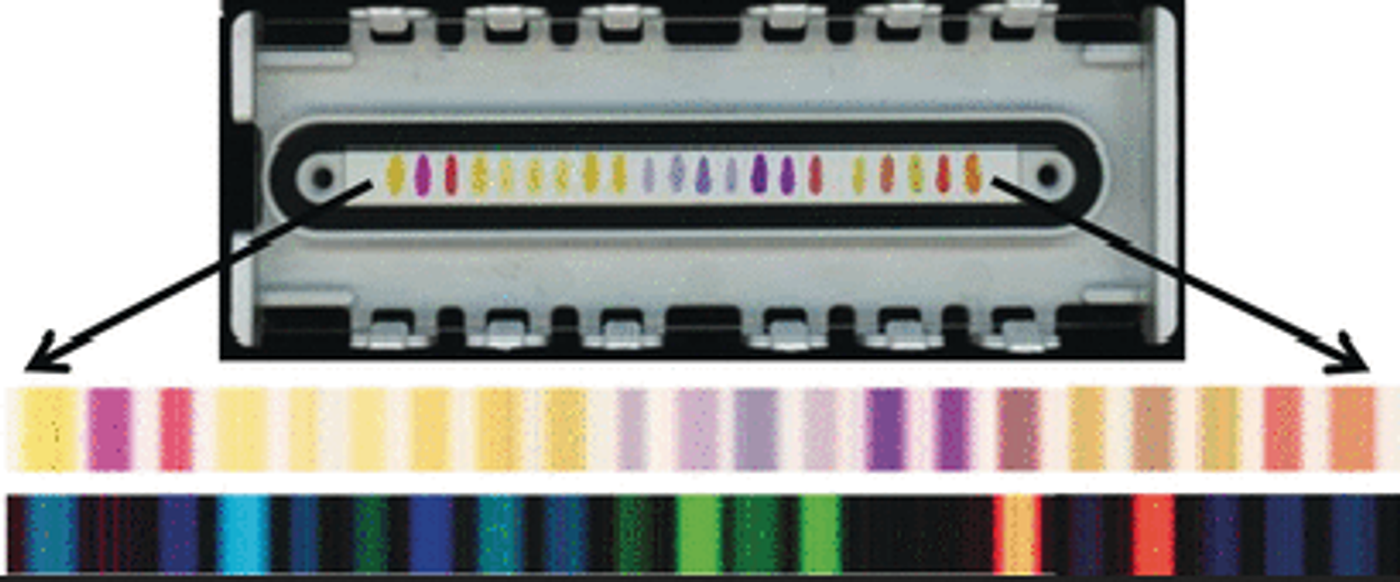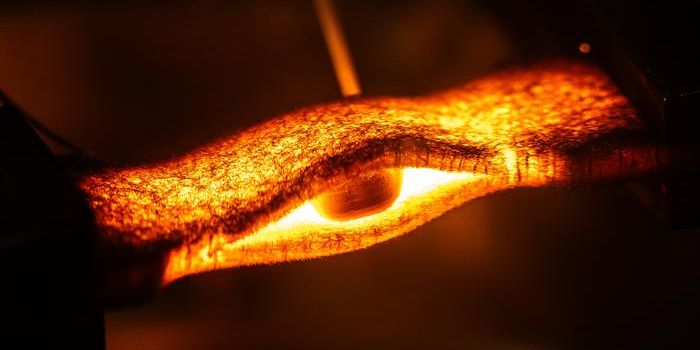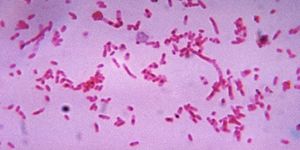Show Off Your Connoisseur Skill with This Novel Sensory Tech
I do not doubt that you are so much into that bottle of scotch because you are intrigued by its subtle hints of vanilla, light smokiness, and buttery texture (and not just because it is over 50% ethyl alcohol). I It does not matter what material they are made from, volatile compounds in spirits give alcoholic beverages their distinct flavor.
It takes years of training for connoisseurs to distinguish between different brands of whiskeys, gins or rums. But a group of analytical chemists from the University of Illinois have developed a new device called a colorimetric sensor array. It allows you to identify of the "nose" of your favorite hard liquors with superb efficiency and sensitivity.
Previously, scientists relied on olfactory receptor-inspired “electronic noses” that can sniff out many volatile compounds. But if the binding of test molecules to the nose is irreversible, then the device cannot be reused or needs to be rebuilt. The detection mechanism also limits the technique’s sensitivity and selectivity.
The team led by Dr. Kenneth S. Suslick has come up with an alternative detection method. It relies on inexpensive, disposable, colorimetric test strips that interact with two main classes of flavor compounds, aldehydes and ketones, and interface with sensors. Reactive dyes are lined up in an array on the test strips. When different analyte molecules bind to their specific part of the array, the color in that area changes as a result. A characteristic pattern of color change is then read by a hand-held device. This detecting mechanism has unparalleled sensitivity – it can identify and differentiate various aldehydes and ketones at concentrations lower than 1 part per million (ppm).
Colorimetric sensor arrays for aldehydes and ketones detection. Credit: Angewandte Chemie
Besides helping connoisseurs to identify the compounds that are responsible for certain tastes in liquors (if not completely taking over their jobs), this type of sensitive, fast, and inexpensive method for detecting volatile aldehydes and ketones has great potential in many different applications, including chemical and food safety inspections, leak detection, fermentation analysis, or even diagnosis of dangerous ketosis in diabetics.
Source: Phys.org









